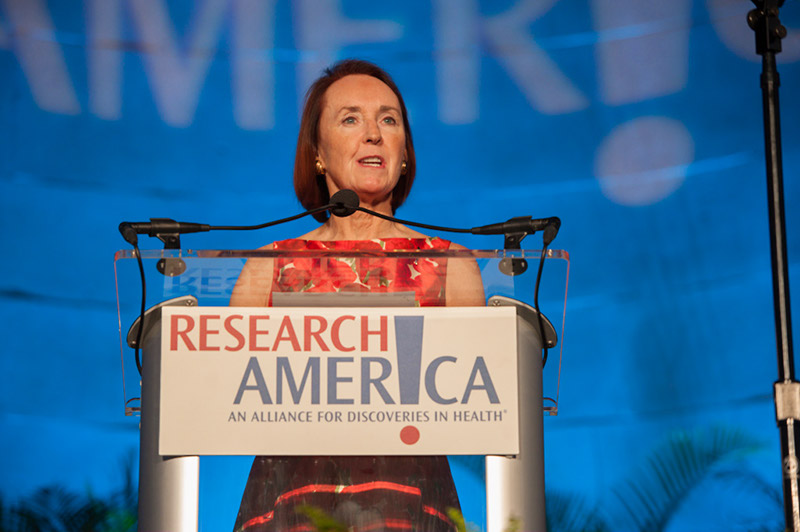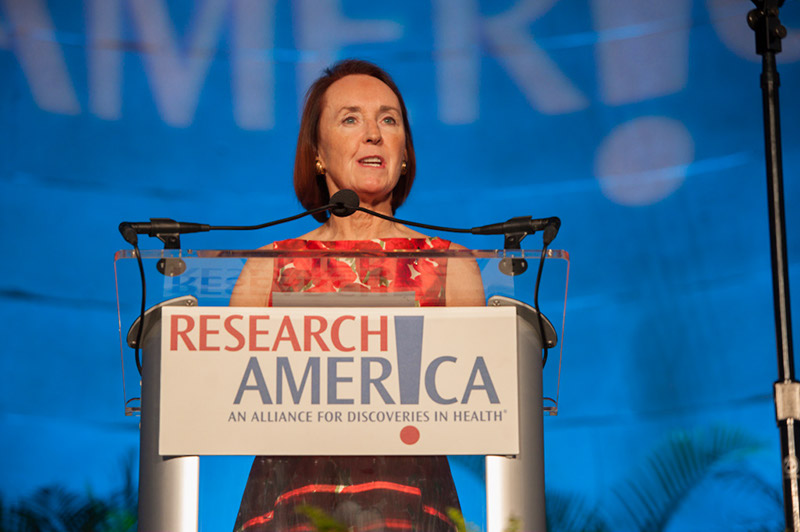Bipartisanship in Action

 Dear Research Advocate:
Dear Research Advocate:
Advocacy works! Yesterday the Senate reached a bipartisan agreement to raise both the Defense and non-Defense budget caps for FY18 and FY19. We expect the Senate and House to pass the measure and the President to sign the bill in time to prevent another government shutdown. The two-year deal is part of yet another (but this time very different) continuing resolution (CR), giving appropriators until March 23 to work out a final omnibus appropriations bill based — at last! — on higher spending caps. Many thanks to our partners in the Raise the Caps campaign, and thanks to all who joined us on social media to help secure the higher caps. Together, we gave voice — loudly and relentlessly — to the need for updated budget boundaries. Yes, advocacy works, but we’re not finished yet; the next part of our advocacy push is working to secure stronger funding for science in the FY18 omnibus.
The caps deal will increase defense spending by $80 billion in FY18 and $85 billion in FY19, and nondefense discretionary (NDD) spending by $63 billion in FY18 and $68 billion in FY19. The CR lays out several specific priorities for appropriators, including direction to increase NIH funding by $2 billion and opioid response and mental health funding by $6 billion over the two-year period.
We expect $1 billion to be the NIH “funding floor” appropriators build on when finalizing the FY18 omnibus package. It will be crucial for research advocates to push for additional funding for NIH, as well as for robust funding increases in the budgets of CDC, AHRQ, FDA, NSF, and our nation’s other R&D and public health agencies.
In addition to providing guidance to appropriators on how spending should be allocated as they craft the final FY18 omnibus appropriations bill, the spending deal includes $89.3 billion in “emergency supplemental” funding. This funding, which is outside the budget caps, includes $200 million for CDC, $50 million for NIH and $7.6 million for FDA, earmarked specifically for hurricane and wildfire recovery activities. Unfortunately, to help “pay for” this supplemental funding, the caps deal cuts $1.3 billion from the Prevention and Public Health Fund (PPHF). We’ll fight to restore those dollars.
Here are sources for data that advocates can use for that purpose, and to help ensure that the increases in FY18 and FY19 funding caps translate into robust funding for research and public health: A Partnership to Fight Chronic Disease analysis projecting the cumulative costs of Alzheimer’s disease to reach $7.7 trillion by 2030; a new Research!America fact sheet on the deadly threat of antibiotic resistance; and a timely United for Medical Research report on the role NIH plays in bolstering the U.S. economy.
Since the CR also raises the debt limit, the next budget-related development will (likely) be the release of the President’s FY19 budget proposal, expected on Monday, February 12th. In a Boston Globe LTE (note: my letter is the second in the series) earlier this week, I urged the Administration to put forth a budget that commits to medical, health and other scientific research.
The President’s budget will be one of the topics at our next alliance members meeting and call, which will take place Thursday, February 15 at 1pm ET. In addition, we will be hosting special guests from PCORI, Greg Martin and Andrew Hu, for an update on the Institute’s important work. Email Jacqueline Lagoy at [email protected] to RSVP.
Sincerely,
Mary Woolley




